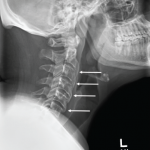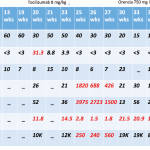A typical patient with a rheumatic disease needs a multifaceted treatment approach to address comorbidities, minimize disability, promote quality of life and improve survival. To achieve these outcomes, rheumatology research has evolved from examining a single treatment to studying the best treatment approaches. Examples of these strategy trials include how to best combine pharmaceutical therapies,…








